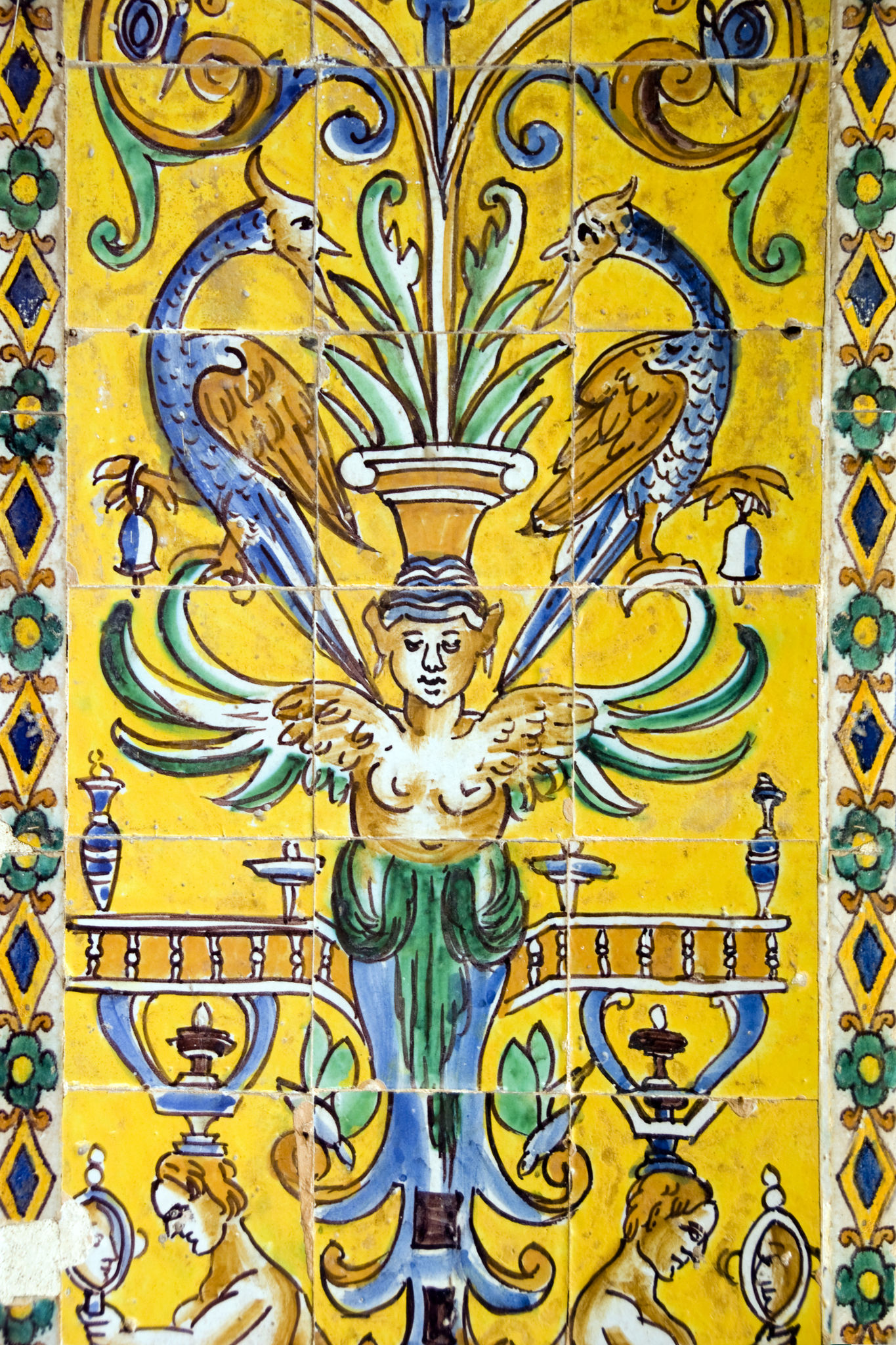Exploring the Rich History of Spanish Mosaic Tiles
The Origins of Spanish Mosaic Tiles
Spanish mosaic tiles have a storied history that dates back centuries, with their origins deeply rooted in the rich tapestry of Spanish culture. These intricate designs are a testament to the blending of various cultural influences, including Roman, Moorish, and Gothic styles. The art of creating these tiles, known as "azulejos," was brought to Spain by the Moors during their rule from the 8th to the 15th century. This period was marked by a flourishing of arts and architecture, with mosaic tiles becoming a prominent feature in many iconic structures.
The name "azulejo" is derived from the Arabic word "al-zillij," which means "polished stone." Initially, these tiles were used primarily for practical purposes, such as waterproofing and cooling buildings. However, over time, they evolved into an art form, celebrated for their intricate geometric patterns and vibrant colors.

The Craftsmanship Behind Mosaic Tiles
The creation of Spanish mosaic tiles is a meticulous process that requires both artistic talent and technical skill. Artisans begin by crafting clay tiles, which are then glazed and fired at high temperatures. The glaze used is often made from a mixture of metal oxides, giving the tiles their characteristic bright colors. Once the tiles are prepared, they are painted with intricate designs using natural pigments.
Traditionally, these tiles feature symmetrical patterns, often inspired by nature or mathematics. The precision required in laying these tiles is remarkable, as even the slightest deviation can disrupt the overall design. In many historical buildings across Spain, the walls and floors adorned with these tiles create a mesmerizing effect that captures the viewer's attention.

Influence and Spread Across Europe
As Spain emerged as a dominant force in Europe during the Renaissance, so too did the influence of its art and architecture. Spanish mosaic tiles became highly sought after across the continent, with many European countries adopting this decorative style. The intricate designs and vibrant colors added a touch of elegance to palaces, churches, and public buildings.
The popularity of these tiles was not confined to Europe alone. As Spanish explorers set sail for the New World, they brought this unique art form with them. This led to the spread of Spanish mosaic tile traditions to countries like Mexico and Cuba, where they became deeply embedded in local artistic expressions.

Modern Interpretations and Uses
Today, Spanish mosaic tiles continue to captivate designers and homeowners alike. While traditional patterns remain popular, contemporary artists have embraced more abstract and minimalist designs, bringing a modern twist to this ancient art form. These tiles are used in various applications, from accent walls in homes to decorative pieces in public spaces.
One of the reasons for their enduring appeal is their versatility. Whether used as flooring or wall coverings, Spanish mosaic tiles add a sense of history and elegance to any space. They can be found in both interior and exterior applications, offering a durable and aesthetically pleasing solution that withstands the test of time.

Preserving a Cultural Legacy
The preservation of Spanish mosaic tiles is crucial for maintaining the cultural heritage they represent. Many historical sites in Spain are dedicated to conserving these works of art, ensuring that future generations can appreciate their beauty and significance. Restoration projects often involve painstaking efforts to clean and repair damaged tiles while preserving their original designs.
Moreover, educational programs and workshops are held to teach new generations about the traditional methods used in creating these tiles, fostering an appreciation for this timeless craft. By doing so, the rich history and artistic legacy of Spanish mosaic tiles continue to inspire and enrich cultures around the world.
